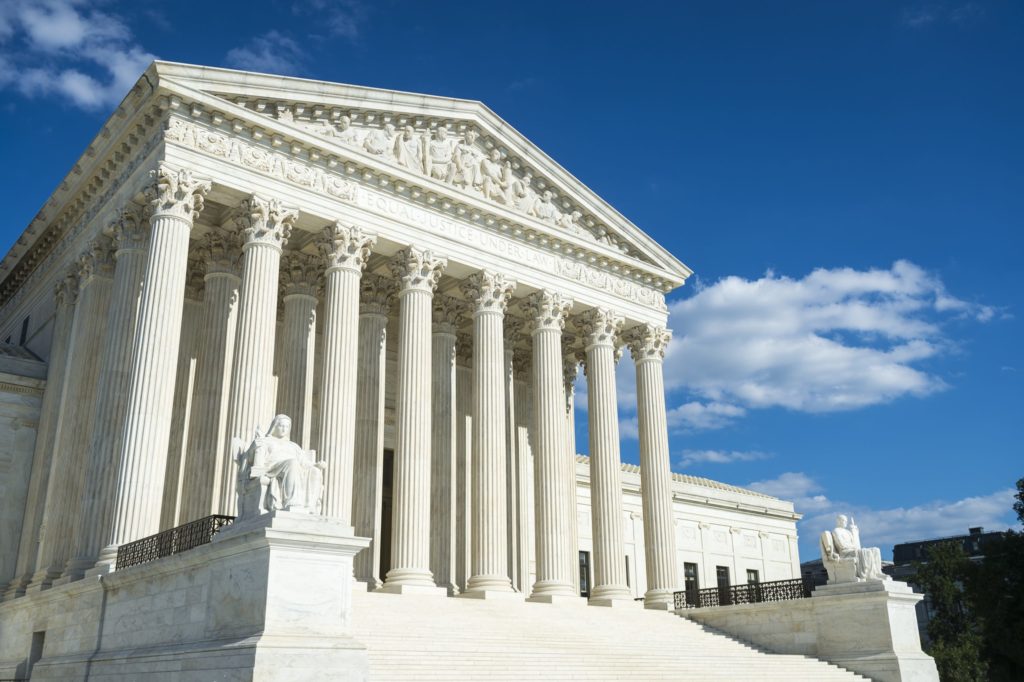Some rare good news on crop insurance reform
I wrote earlier this month about the record high losses taxpayers incurred due to the 2012 drought, highlighting an excellent study by Bruce Babcock that showed how premium subsidies encourage farmers to buy more expensive policies and cost taxpayers $6 billion more than was necessary.
But there’s actually some good news on the Farm Bill front (something I don’t get to say too often.) Sen. Jeff Flake, R-Ariz., has introduced an amendment (S. Amdt. #1013) that would limit crop insurance subsidies by excluding policies with a Harvest Price Option. It’s a pretty bold move that would save the taxpayer billions, and would go a long way toward eliminating one of the major problems with crop insurance – the incentive to over-insure.
As I noted before, there are three basic levels of crop insurance. The first two are Yield Protection, which makes a farmer whole when his yield is below expectations, and Revenue Protection–Harvest Price Exemption, which makes the farmer whole if his revenue falls below a certain level. Both of these policies are based on agreed-upon anticipated prices when crops are planted, which is reasonable, as expected prices are a big factor in the farmer’s planting decisions and his other risk mitigation strategies beyond crop insurance.
The third type of policy — a Revenue Protection policy with a Harvest Price Option — compensates farmers at harvest time at the market price, if that price is higher. Since the policy is based on harvest price, payouts are higher than under other policies (It’s worth noting that tough crop years tend to make prices rise due to shortages.) This extra level of protection is costly, but the taxpayer pays 62% of the premium, on average, reducing the cost to the farmer.
Farmers are certainly entitled to purchase these policies, and it’s easy to understand why they would. Payouts are both more likely and more generous under this type of arrangement. But should the taxpayer be subsidizing such a scheme, when a perfectly adequate safety net exists in the other two policies?
A safety net is meant to help an individual get through tough times, but these policies go far beyond just making the individual whole. If the federal government has any business being involved in the crop insurance market, it is to provide farmers with an adequate but limited support system. Premium support for Yield Protection or basic Revenue Protection surely fit this description, but providing incredibly high subsidies for the best policy there is…doesn’t.
If any doubt exists that the high subsidies are skewing farmers’ decisions and costing taxpayers money, the amendment’s CBO score should settle the question. If passed, this one change would save the taxpayer $7.7 billion over the next ten years. It’s a great first step toward reforming a system fraught with problems, and one that should pass without question.
Unfortunately, despite the many benefits farmers accrue from Uncle Sam, and despite our fiscal woes, even common-sense amendments such as this one are hard fights on the floor.







